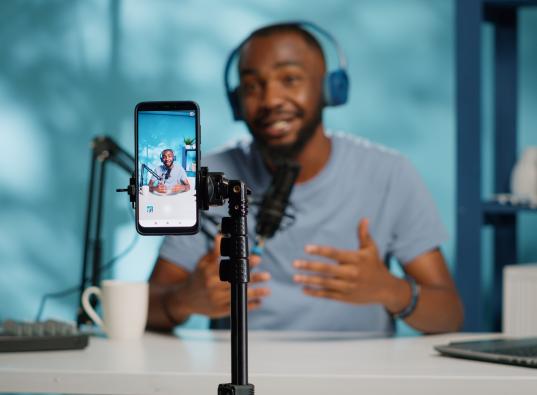Newspapers haven’t had the best of times in the wake of digital’s rise. While more news is being consumed than ever before, their online revenue has not been able to compete with the golden olden days of print. Until now, at least for the Financial Times (FT).
In September 2015, the Financial Times (FT) announced the creation of FT² (FT Squared), a dedicated in-house agency of sorts, aimed at getting advertiser-driven content solutions on track. Stocked with digital specialists, designers and journalists, the team was put to work on creating campaigns for advertisers, eventually leading to FT’s paid posts solutions. These are built around strong multi-media content delivered through the FT platform, but without making use of FT journalists and with a different look and feel to regular content, ensuring editorial independence.
Working with advertisers
At the time, Alexis Jarman, content activation director at the FT, noted that better targeting was made possible by making use of data and analytics capabilities, also allowing for an improved reader experience. Many advertisers picked up on paid posts, including BP, Zurich Insurance Group, Lyxor Asset Management, Pimco and Lombard Odier.
It is an obvious truth that the more relevant your content is to your audience, the greater the likelihood of you being able to monetise it. And what the FT discovered is that if you have a team working alongside advertisers to create quality content, it is likely to significantly improve click through rate – in the case of FT² campaigns, it went up by 30%.
By June 2016, the company was confident enough to purchase a controlling stake in another content production house, Alpha Grid, upping its capabilities even further. FT’s 2016 financial results reflected sales revenues for paid posts up by a significant 400%.
What’s more, and this must be heartening to other newspaper groups, the FT’s revenues from digital and services overtook those from print. It’s the first time since the introduction of digital that this has happened, although granted, revenues were certainly helped along by an increase in paid subscribers (FT is behind a paywall), and the company’s conference business and publishing division contributed greatly.
It is time for South African publishing houses to follow suit, joining not only the FT, but other big publishers that have done the same, including Time Inc., the New York Times, Gannett and Vice.
Improving native content a must
There’s another major benefit to creating a content marketing team, since it not only offers another stream of revenue, but also greater control over native advertising.
Native advertising is something of a touchy topic in the world of publishing. Making use of platforms such as Outbrain and Taboola, it allows for external links to be posted as recommended articles on content driven sites such as News24. Often these links lead to articles of lesser quality, advertising forex trading, diet solutions and other spam-like offerings.
Publishers’ addiction to native advertising is all but understandable, since it can bring in much needed revenue. Take for example Time Inc’s deal with Outbrain in 2014, worth a sweet $100 million, for which little work was needed from the publisher’s side.
With that noted, these spam-like links are not doing anyone any favours. The publishers would never have allowed some of this native advertising if not for the silver coin associated with it, and it creates a dissonance with readers. The same holds true for advertisers actually making an effort in producing quality native content, which is now offered next to unsavoury links that can barely compete.
Locally FNB is one of the few brands producing quality content served through native advertising, which, although still promotional, is also educational, informative and, in a certain sense, valuable to readers. How long they’ll keep doing it if being placed next to something that doesn’t resemble the brand’s values remains to be seen.
While native advertising is one way of securing revenue, ultimately it has a pernicious effect. Far better would be to ensure a way to work alongside advertisers to build engaging, independent content, able to stand on its own as valuable to the reader. With the FT leading the way in this regard, local publishers would do well to use its example with FT² as a blueprint.
*This article previously appeared on the media online.
Need Assistance with Digital Strategy?
Rogerwilco’s team of strategists, business analysts and data scientists is here to help.





